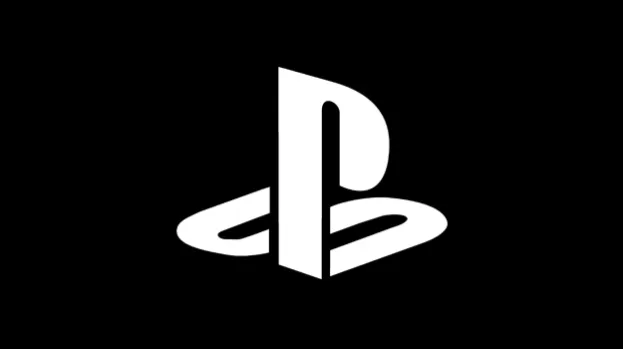
When Sony unveiled the PlayStation 3 console back in 2005 at E3, it was an impressive machine. The much-anticipated device and multimedia hub offered a new experience, allowing users to not only play games, but view photos, browse the Internet, and watch Blu-Ray discs all in glorious 1080p. Here we are seven years later and we’re equally impressed by Sony’s next-generation console — which pretty much blows its predecessor out of the water in a couple key areas.
Now officially called the PlayStation 4, the new machine represents an enormous leap forward for the Japanese company, even if the specs don’t necessarily outshine even that of a typical gaming PC. The equipped eight-core 64-bit processor could help eradicate console optimization issues, while the additional low-powered chip will certainly help better process the lengthy background tasks that the PS3 is notoriously known for. Although the PS3’s RSX “Reality Synthesizer” — the proprietary GPU designed in conjunction with Nvidia — was a standout at the time of its release, the new PS4 GPU can seemingly run virtual laps around the outdated device. The system also touts a whopping eight gigabytes of GDDR5 RAM, sixteen times more raw memory than the PS3, and a robust graphics card capable of pushing 1.84 TFLOPS. Couple all that with a Blu-Ray drive with up to 6x speed and a few other notable enhancements, and you have a machine that is inherently more powerful than its predecessor.
Below is our side-by-side spec breakdown so you can be the judge. Take a closer look at what the PS4 specs mean for you and stay up to date all the latest PlayStation 4 news and announcements.
Update: Microsoft unveiled the Xbox One, the PS4’s primary challenger. See how it stacks up in our Xbox One vs. PS4 spec showdown.
PlayStation 3 |
PlayStation 4 |
|
| Dimensions |
290mm (w) × 60mm (h) × 230mm (d)
|
TBA |
| Weight | 2.1kg | TBA |
| Processor | CPU: 3.2-GHz Cell Broadband Engine | CPU: Eight-core x86 AMD Jaguar |
| GPU | GPU: RSX “Reality Synthesizer” @ 500MHz, 400 GFLOPS floating point performance | GPU: AMD Radeon Graphics Core Next Engine, 1.84 TFLOPS floating point performance |
| Memory | 256MB XDR Main RAM 256MB GDDR3 VRAM |
8GB GDDR5 RAM |
| Hard Disk | Built-in | Built-in |
| AV Output | HDMI, Analog-AV out, Digital Output (Optical) | HDMI, Analog-AV out, Digital Output (Optical) |
| I/O Output | Hi-Speed USB (USB 2.0) X 2 | Super Speed USB (USB 3.0) X 3, AUX |
| Communication | Ethernet (10BASE-T, 100BASE-TX, 1000BASE-T), Bluetooth 2.0 (EDR), IEEE 802.11 b/g Wi-Fi | Ethernet (10BASE-T,100BASE-TX, 1000BASE-T), Bluetooth 2.1 (EDR), IEEE 802.11 b/g/n Wi-Fi |
| Controller | 610amAh DualShock 3 (192g, six-axis motion sensing) | 1,000-mAh DualShock 4 (210g, six-axis motion sensing, 2 Point Touch Pad) |
| Camera | 640×480 @ 60Hz, 320×240 @ 120Hz | 1,280×800 @ 60Hz, 640×400 @ 120Hz, 320×192 @ 240Hz |
| Price | $250+ (With multiple bundles) | TBA |
| Availability | Now | Holiday 2013 |




